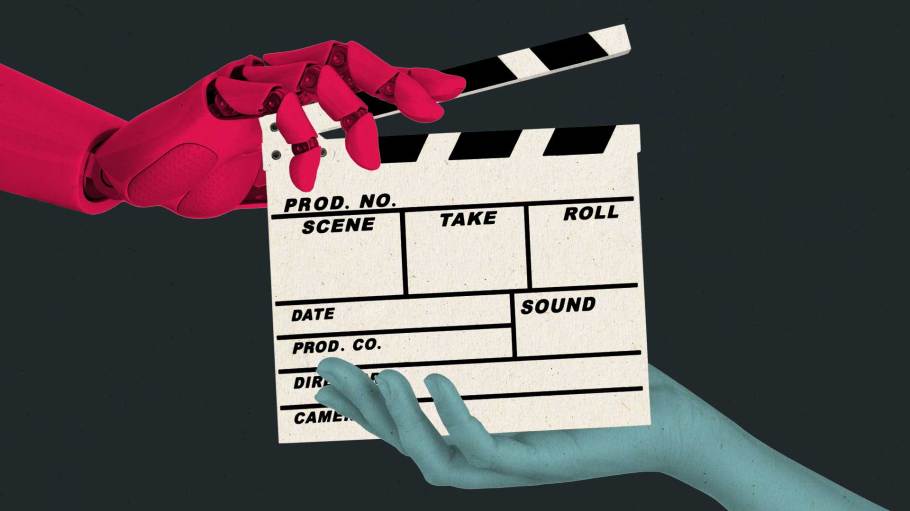Sora AI Videos Easily Confused With Real Footage in Survey Test (EXCLUSIVE)
Consumers in the U.S. struggle to distinguish videos recorded by humans from those generated by OpenAI’s text-to-video tool Sora, according to new HarrisX data provided exclusively to Variety Intelligence Platform (VIP+).
In a survey conducted weeks after the controversial software was first unveiled, most U.S. adults incorrectly guessed whether AI or a person had created five out of eight videos they were shown.
Half of the videos were the Sora demonstration videos that have gone viral online, raising concerns from Hollywood to Capitol Hill for their production quality, including a drone view of waves crashing against the rugged cliffs along Big Sur’s Garay Point Beach and historical footage of California during the Gold Rush.
Perhaps unsurprisingly, the HarrisX survey also revealed that strong majorities of respondents believed the U.S. government should enact regulation requiring that AI-generated content be labeled as such. They were equally emphatic about the need for regulation across all content formats, including videos, images, text, music, captions and sounds. Full results of the HarrisX survey can be found on VIP+.
In the survey, which was conducted online March 1-4 among more than 1,000 adults, respondents were shown four high-quality photorealistic-looking sample video outputs generated by Sora randomly interspersed with four videos from stock footage taken in the real world by a camera. In the case of the Big Sur video, 60% of respondents incorrectly guessed that a human had generated that video.
While Sora has yet to be released to the public, the OpenAI software has been the subject of much alarm — particularly in the entertainment industry, where the rapid evolution of video diffusion technology carries profound implications for the disruption of Hollywood’s core production capabilities (though Sora will likely be fairly limited at launch).
Moreover, AI video has raised broader questions about its deepfake potential, especially in an election year.
When presented with the AI-generated videos and informed they were created by Sora, respondents were asked how they felt. Reactions were a mix of positive and negative, ranging from curious (28%), uncertain (27%) and open-minded (25%) to anxious (18%), inspired (18%) and fearful (2%).
“When you try to change the world quickly, the world moves quickly to rein you in along predictable lines,” said Dritan Nesho, CEO and head of research at HarrisX. “That's exactly what we're seeing with generative AI: as its sophistication grows via new tools like Sora, so do concerns about its impact and calls for the proper labeling and regulation of the technology. The nascent industry must do more both to create guardrails and to properly communicate with the wider public.”
VIP+ subscribers can dig deeper to learn more about ...
- Full survey results, including demographic breakdown across four adult age groups
- Consumer perceptions of AI/Sora impacts on industries including entertainment, gaming and social media
- 12 regulatory paths regarding AI the government could be considering

